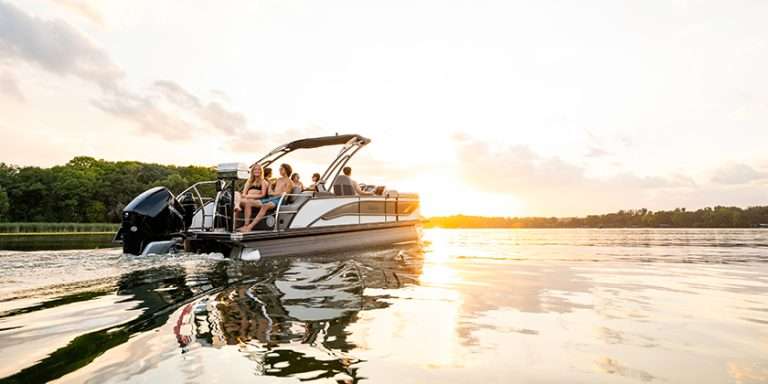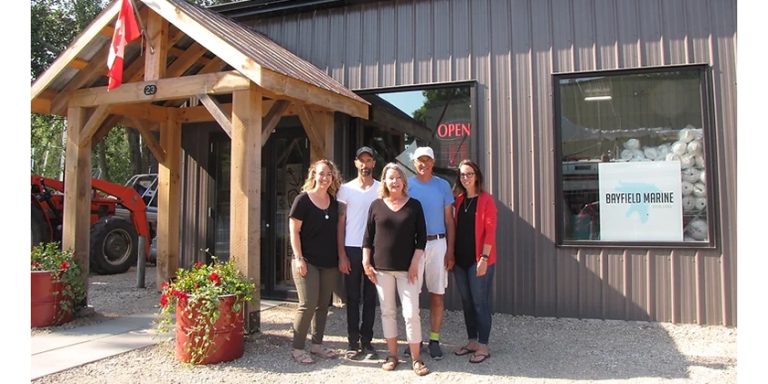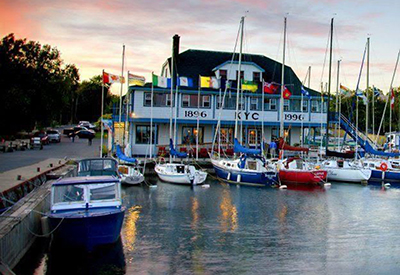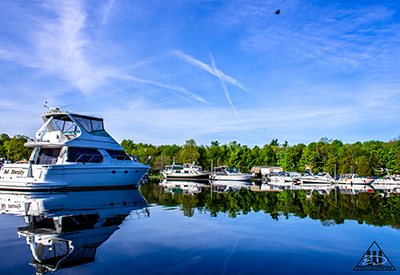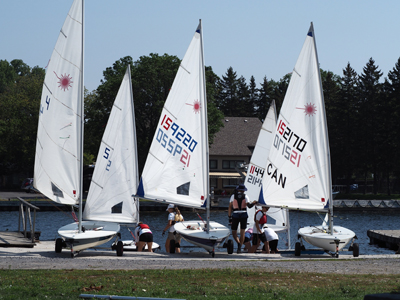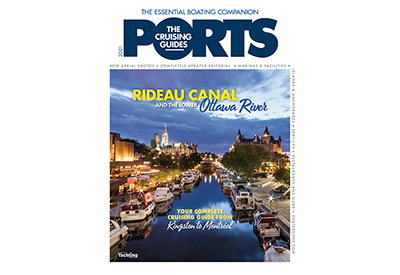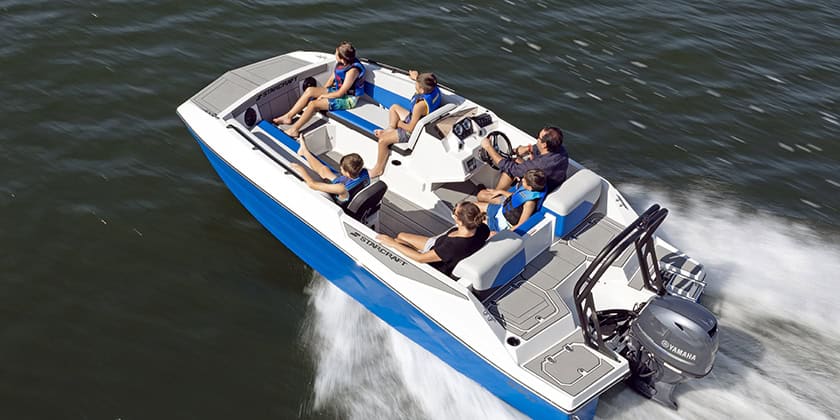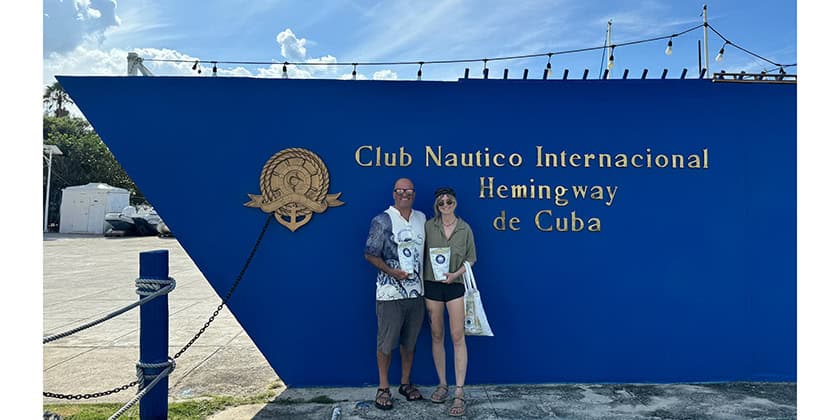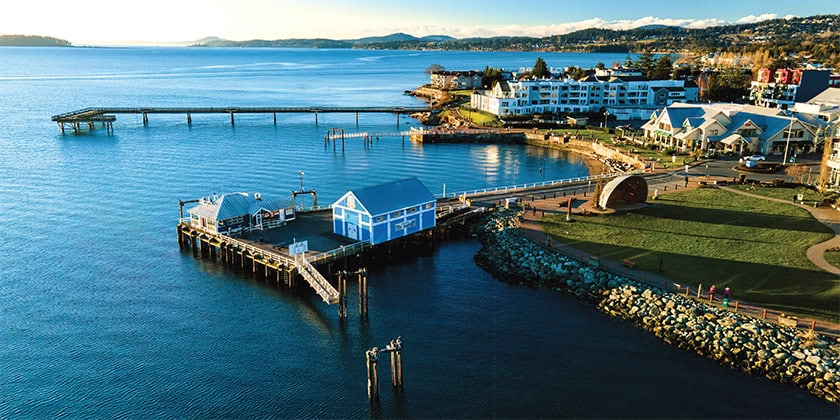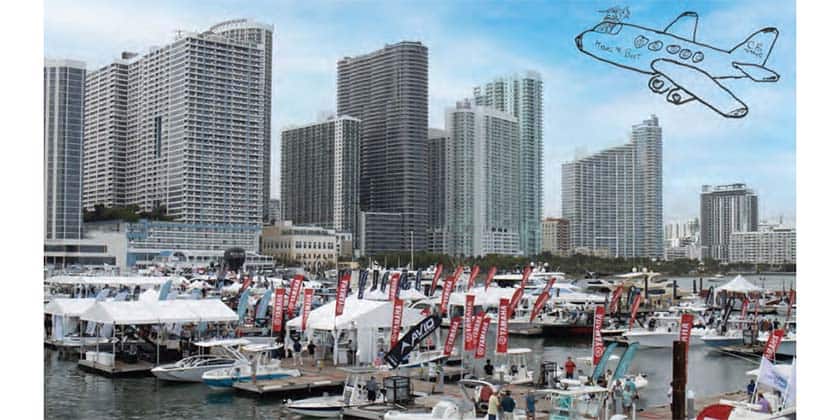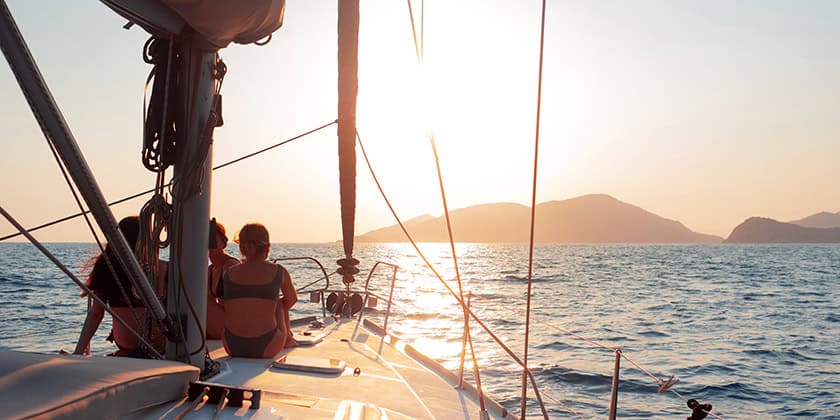Hudson Yacht Club
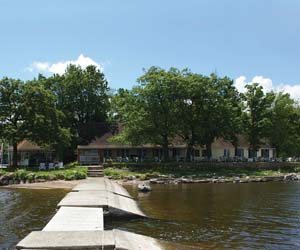
Volunteerism, Camaraderie, and a True Sense of Community Spirit
By Katherine Stone
I remember vividly awaiting the beginning of the CNE (Canadian National Exhibition) which also marked the end of the summer, though I wonder now that I must have been crazy awaiting the end of summer! What I was waiting for were the water ski demonstrations in the channel that bordered Lakeshore Blvd and Lake Ontario. Memories of those beautiful ladies perched upon a handsome young gentleman’s shoulders in those gorgeous bathing suits, all tanned and athletic, were enough for me to wish that I knew how to water ski. Oh my how fashion and sports have changed. Little did I know then that the Hudson Yacht Club was making headlines all across Canada and the USA in the 1950s and 60s with one of the best and most active water ski programs in Canada.
 Tennis and water sports, including sailing, swimming, water polo, and power boating have all been an integral part of the history of the Hudson Yacht Club, picturesquely situated on the south-west bank of the lower Ottawa River, 60 kilometres west of downtown Montreal, and on the shores of Lake of Two Mountains. They are renowned for their breathtaking sunsets and it is said that almost every member can’t refrain from taking a least one sunset picture every summer.
Tennis and water sports, including sailing, swimming, water polo, and power boating have all been an integral part of the history of the Hudson Yacht Club, picturesquely situated on the south-west bank of the lower Ottawa River, 60 kilometres west of downtown Montreal, and on the shores of Lake of Two Mountains. They are renowned for their breathtaking sunsets and it is said that almost every member can’t refrain from taking a least one sunset picture every summer.
The town of Hudson, originally known as Cavagnal, is surrounded by farming and forest areas to the west and was founded in June 1969 by amalgamating the villages of Como, Hudson, and Hudson Heights. Although 65% of the population is English, there is a harmonious blend of French and English. Notes from the historical society state that Hudson was once part of the Seigneurie de Vaudreuil in 1702. The earliest profession belonged to the voyageurs and the earliest industry was the fur trade. By the early 19th century, the Scottish employees of the Hudson Bay Company and famers from Cumberland, England joined the French-speaking colonists. Up until the arrival of the Vaudreuil-Prescott Railway (to become CPR) in 1890, the only access to the village was by canoe or horse.
In 1908 the Hudson Boating Club was formed by four ambitious young men when a parcel of land just east of the Hudson Wharf was bought for $50, a shed constructed for $200, and membership fees set at $3/year. Word spread and the membership of young men grew, more land was purchased and a new building was erected for $1,200. By 1909 the Hudson Heights Boating Club (formed around 1900) merged with the Hudson Boating Club to start the Hudson Yacht Club and an even better clubhouse opened in 1910. This clubhouse “was built on wooden piles over the water and had a wrap-around veranda that permitted the members a wonderful view of the Lake of Two Mountains. The clubhouse was designed around a central hall with benches lining the walls so social functions could be held in the centre and in the winter the members’ small boats could be stored inside. Since the clubhouse did not have electricity until 1916, one of the caretaker’s nightly jobs was to set up a string of oil lanterns from the clubhouse and through the woods over to Wharf Road. There was a narrow plank walkway through the swamp and these lanterns helped guide the members through the darkness,” from Our Spirit Lives On, provided by Marian Kuiper, honourary commodore.
 As was the case of wooden buildings, tragedy struck in 1917 when the clubhouse was struck by lightning that engulfed it and adjacent buildings. Even more disheartening was that many of the members who were serving overseas in WWI had their boats that were in storage go up in flames as well. From the ashes arose a similar clubhouse, completed in 1918 and tennis courts added two years later. Hard to believe that in 1934 a second massive fire claimed this clubhouse, all members’ boats except two, and the tennis courts. However, it turned out to be an ideal opportunity to purchase new land and move HYC to the location that the original owners had wanted to purchase on MacNaughten’s Point for a mere $3,000 – a true silver lining after all the ash had settled.
As was the case of wooden buildings, tragedy struck in 1917 when the clubhouse was struck by lightning that engulfed it and adjacent buildings. Even more disheartening was that many of the members who were serving overseas in WWI had their boats that were in storage go up in flames as well. From the ashes arose a similar clubhouse, completed in 1918 and tennis courts added two years later. Hard to believe that in 1934 a second massive fire claimed this clubhouse, all members’ boats except two, and the tennis courts. However, it turned out to be an ideal opportunity to purchase new land and move HYC to the location that the original owners had wanted to purchase on MacNaughten’s Point for a mere $3,000 – a true silver lining after all the ash had settled.
The sailing school was started with a diverse assortment of boats, loaned by members in 1950. By the end of 1952, a group of men had built a small fleet of Cadet dinghies. At about the same time another group of members established the Hudson chapter of the Canadian Power Squadron. It has taken about 50 years to establish a strong fleet of sailboats at HYC. In fact, for many years, motor cruisers dominated their harbor. The Club now offers Sail Canada courses for all ages of children and adults.
 HYC has become synonymous with several key regattas. One of the greatest long standing traditions is the Annual Labour Day Regatta, started in 1947. With close to 120 keelboats participating, they eagerly anticipate the hugely popular Long Distance Race followed by arrival back at the Club to the sounds of a steel band and great merrymaking. With attendance well over 300 young sailors, the Fruitbowl, has remained unchanged except for growing participation since its inception in 1996. This unique event has become one of the largest youth sail training regattas in North America.
HYC has become synonymous with several key regattas. One of the greatest long standing traditions is the Annual Labour Day Regatta, started in 1947. With close to 120 keelboats participating, they eagerly anticipate the hugely popular Long Distance Race followed by arrival back at the Club to the sounds of a steel band and great merrymaking. With attendance well over 300 young sailors, the Fruitbowl, has remained unchanged except for growing participation since its inception in 1996. This unique event has become one of the largest youth sail training regattas in North America.
Several piers were built as protection from the prevailing winds, although no docking facilities were available as so many of us are used to today. However, the piers did provide fabulous vantage points to view canoe, rowing shell, and swimming competitions. There was even jousting and paint ball on the pier! Swimming off the pier was part of the Club’s history until the waters started to become unsafe for swimming so the pool was constructed in 1960. The deep end was supposed to be 12 feet, but when bedrock was hit at nine feet, well… the new depth ended at nine feet. Pools bring young men and women together and styles were changing. Some of the older members thought it scandalous that two piece bathing attire would be worn in the pool and tried to ban them, only to be outdone by the sight of bikinis! There is a great story relayed in Our Spirit Lives On that asks, “How many of us will admit to having skinny-dipped in the pool at least once? Did you know that a Hudson police officer was caught doing just that back in the late 1970s?” Competitive and synchronized swimming are now offered, along with water polo, Masters Swimming, and all manner of Red Cross programs, which keep the pool staff very busy during the summer. When the kids aren’t in the pool, they can be found in the supervised playground which offers daily activities and special theme days.
 One of the most popular events at the Club is the annual Work Bee. “This is a spectacular display of volunteerism where all members come down to paint, rake, wash, build, install, or renovate whatever needs to be done!” extols Honourary Commodore Kuiper. Many of the social activities at the Club in the early years were organized by the lady members including the Work Bee, pot luck suppers on Wednesday evenings, the Dinner Dance, bridge parties, and the White Elephant bazaar. Legend has it that at one of these events, the dear ladies consumed 30 gallons of Hermit sherry at fifty cents a glass. Now that’s a story to be proud of, ladies!
One of the most popular events at the Club is the annual Work Bee. “This is a spectacular display of volunteerism where all members come down to paint, rake, wash, build, install, or renovate whatever needs to be done!” extols Honourary Commodore Kuiper. Many of the social activities at the Club in the early years were organized by the lady members including the Work Bee, pot luck suppers on Wednesday evenings, the Dinner Dance, bridge parties, and the White Elephant bazaar. Legend has it that at one of these events, the dear ladies consumed 30 gallons of Hermit sherry at fifty cents a glass. Now that’s a story to be proud of, ladies!
The Club’s charter states that HYC was, “Established to foster an interest in yachting and aquatic activities, has prospered on its tradition of fellowship, camaraderie, volunteerism and self-help. Membership is a privilege with which comes the responsibility of maintaining those traditions. Members should take pride in the Club and contribute to its spirit of cooperation to ensure continued success for generations to come.” It is no coincidence that Hudson Yacht Club continues to display volunteerism, camaraderie, and a true sense of community spirit that embodies their charter, to this very day.
Hudson Yacht Club; 10 Yacht Club Road; Hudson, Quebec J0P ; 450-458-5326 www.hudsonyachtclub.com
Photos:
Photo 1: The Clubhouse view from the water.
Photo 2: HYC is known for its sunsets and everyone just has to take a picture.
Photo 3: HYC grounds with spring arriving soon.
Photo 4: HYC Harbour at regatta time.
Photo 5: A huge event, the annual Work Bee at the end of April, where all members lend a hand with maintenance projects.







